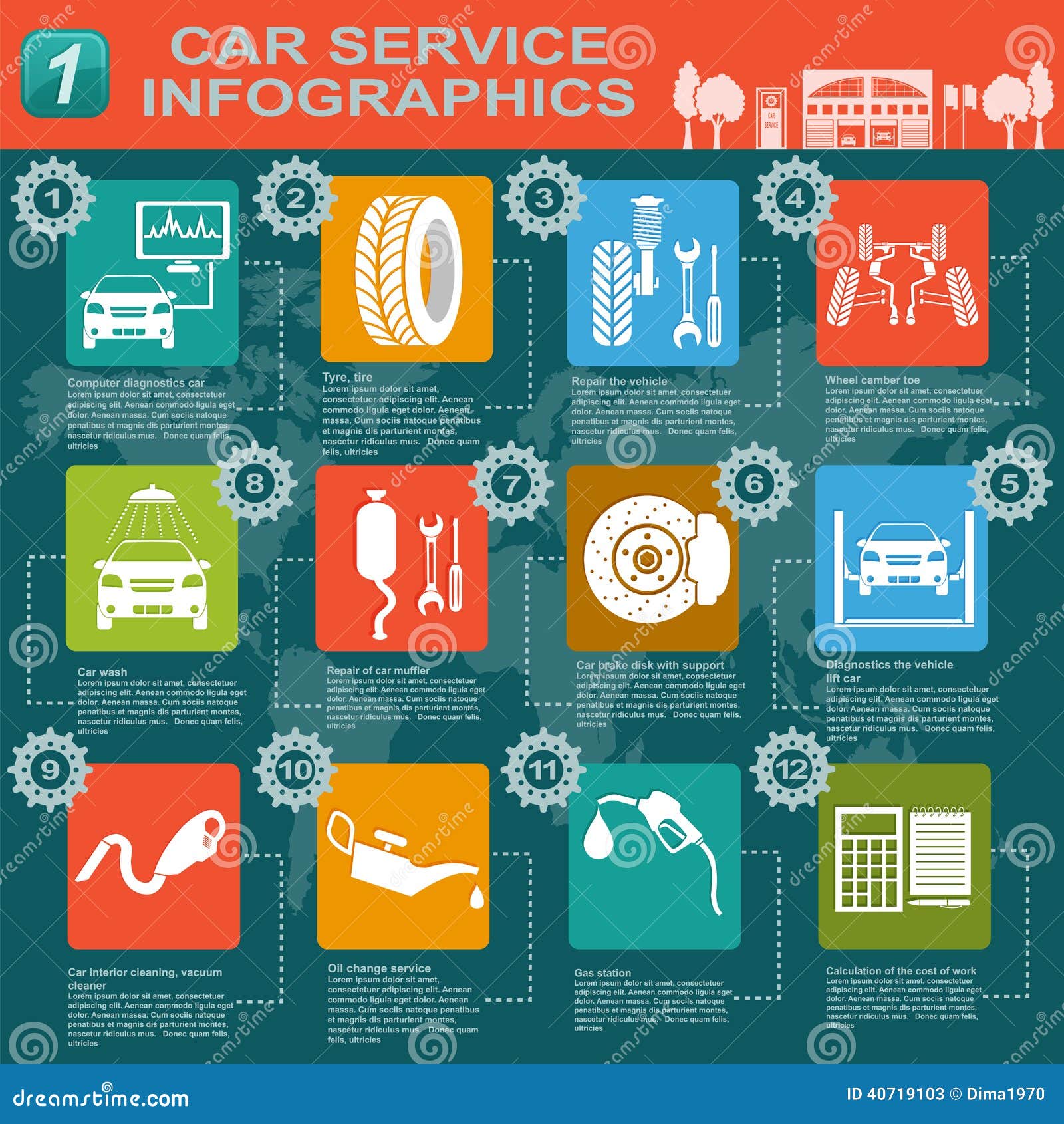But What's The Repair For Spongy Brake Pedals? Discover The Remedy Listed Below!
But What's The Repair For Spongy Brake Pedals? Discover The Remedy Listed Below!
Blog Article
Composed By-Erickson Dean
When it concerns your automobile's brake system, recognizing common concerns can save you from potential safety hazards. From recognizing brake pad wear to dealing with brake liquid leaks, recognizing exactly how to tackle these problems is vital. However what about those spongy brake pedals? There's a solution for that as well. Remain tuned to read more concerning these concerns and the practical solutions that can keep you securely when traveling.
Brake Pad Put On and Substitute
When it pertains to keeping your vehicle's brake system, one critical element to watch on is the wear and replacement of brake pads. Brake pads are necessary parts that press against the brake rotors to decrease or quit your automobile. Over time, these pads wear down due to rubbing, requiring regular evaluation and substitute to guarantee your brakes function effectively.
To figure out if your brake pads require replacement, listen for screeching or grinding noises when you use the brakes. Additionally, if your lorry takes longer to quit or you notice resonances or pulsations when stopping, it may be time to replace the brake pads.
Overlooking used brake pads can result in reduced stopping efficiency, damage to various other brake components, or even brake failing.
Replacing brake pads is a fairly uncomplicated procedure for several automobiles. However, if you're unclear or unpleasant executing this task, it's finest to consult a professional mechanic to make sure proper installment and optimum brake efficiency.
On a regular basis examining and changing brake pads is crucial for your safety and the durability of your vehicle's stopping system.
Brake Fluid Leaks and Upkeep
To guarantee your car's brake system operates ideally, it's important to likewise focus on brake fluid leaks and maintenance. Brake fluid is critical for transmitting the force from your foot on the brake pedal to the actual braking device. One common problem with brake liquid is leaks, which can happen because of deteriorated brake lines, seals, or connections. If you notice a pool or trickles under your auto, it's necessary to deal with the leakage immediately to avoid a prospective brake failure.
Consistently checking your brake fluid level is essential to keeping your brake system. Low brake liquid can cause air getting in the brake lines, which jeopardizes stopping performance.
Additionally, old or infected brake liquid can impact the overall performance of your brakes. It's suggested to follow the supplier's guidelines on when to alter the brake liquid, commonly every 2 years.
Spongy Brake Pedal: Blood Loss Brakes
If you've ever experienced a squishy brake pedal while driving, you comprehend the importance of maintaining a firm and responsive braking system. One usual reason for a squishy brake pedal is air trapped in the brake lines. When air goes into the brake system, it can result in a loss of hydraulic pressure, causing that unsettling spongy sensation when you push the brake pedal.
To settle this issue, hemorrhaging the brakes is needed. Bleeding the brakes involves eliminating the air from the brake lines to bring back correct hydraulic pressure.
To https://best-oil-change-near-me39406.blog2freedom.com/29951407/the-value-of-routine-tire-maintenance-exactly-how-to-inspect-and-turn-tires , you'll require a helper to aid you. Beginning by finding the brake bleeder valve on each wheel, typically discovered near the brake caliper. With https://www.thisisardee.ie/2022/07/20/automotive-repair-and-maintenance-services-market-is-booming-worldwide-firestone-complete-auto-care-christopher-auto-repair-discount-brake-auto-repair-goodyear-tire-rubber-sumitomo-c/ , loosen the shutoff and have your helper press the brake pedal while you observe any type of air bubbles appearing. Repeat this process for each and every wheel, beginning with the wheel farthest from the master cyndrical tube and moving better.
When you no longer see air bubbles and just clear fluid arises, tighten the valve and top up the brake liquid reservoir as required. Hemorrhaging the brakes aids make sure a company brake pedal and enhances total stopping performance.
Conclusion
Now that you understand typical brake issues and just how to fix them, you can ensure your car's safety and performance. Bear in mind to pay attention for indication like shrilling sounds or mushy brake pedals, and resolve them promptly. Normal upkeep and timely replacements are key to keeping your brakes in leading problem. Stay proactive and attentive to your brake system to delight in secure and reputable driving experiences.
